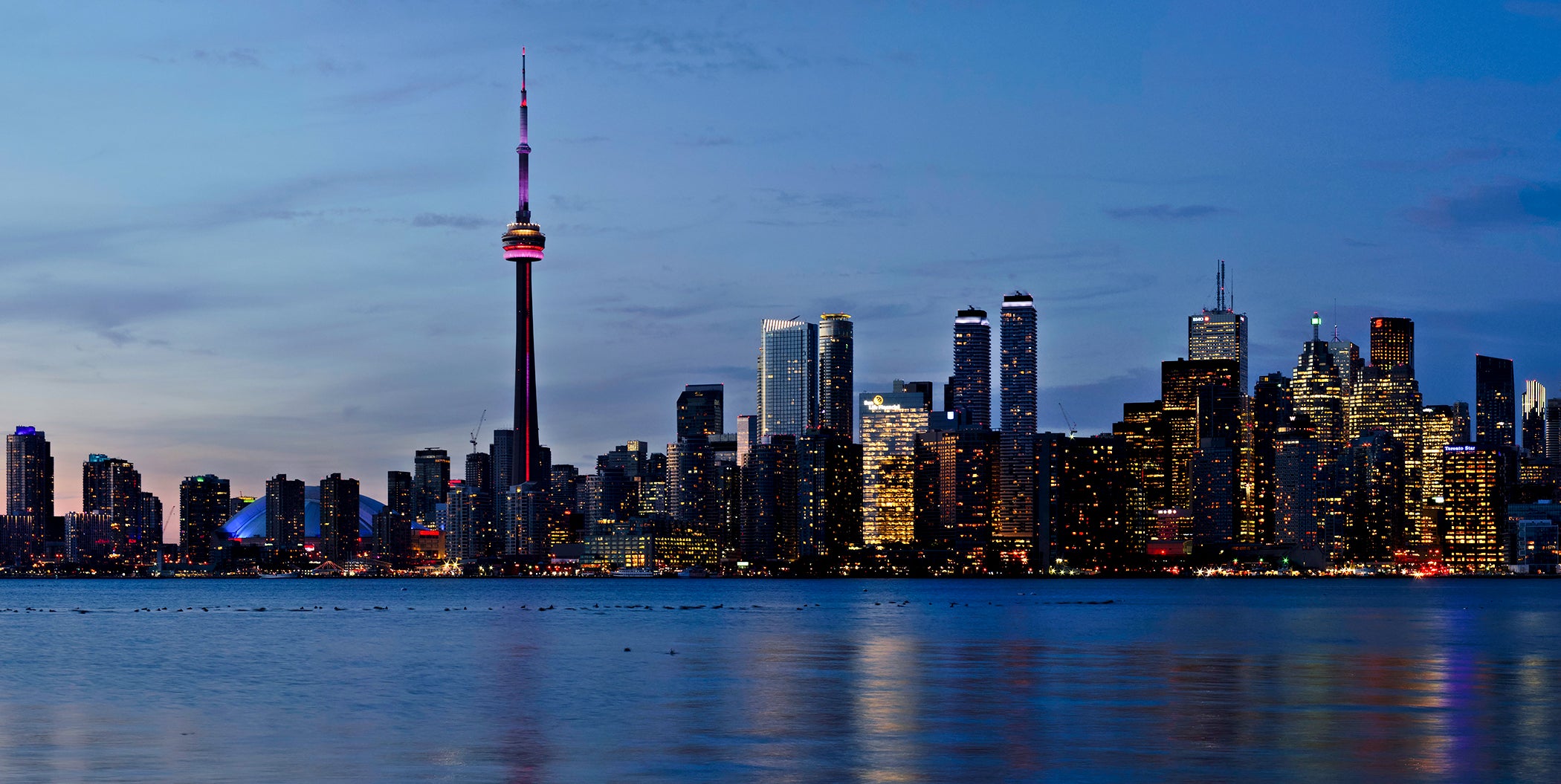“The Greater Toronto and Hamilton Area is experiencing unprecedented growth, and expanding the transit system is essential to connect people to jobs, schools and their communities. The Ontario Line represents an exciting investment for Toronto, one that will not only provide relief for the existing subway system but will also create connections with the existing and planned transit network,” said HDR Senior Vice President Tyrone Gan, principal-in-charge on the project. “Our team is committed and excited to be part of such an important infrastructure project in Canada.”
Building a new subway line through the downtown core of the most populous city in Canada is complex. As technical advisor, HDR and its primary partners — Mott MacDonald, Stantec, Systra and Comtech — will provide a wide range of planning, engineering, environmental, design and construction oversight services with the goal of successful, timely project delivery.





